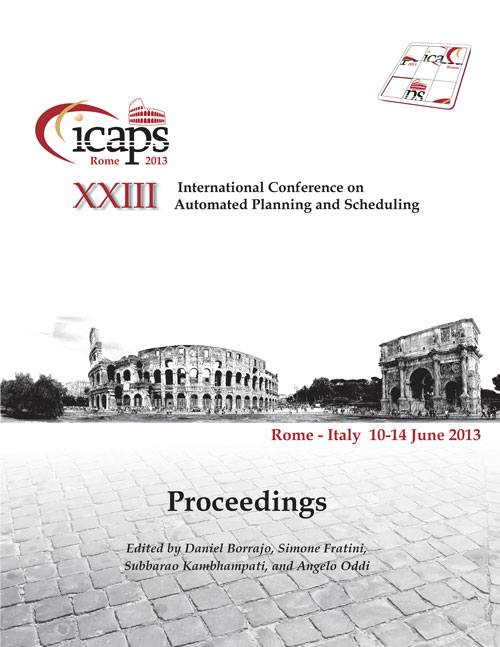The Relative Pruning Power of Strong Stubborn Sets and Expansion Core
DOI:
https://doi.org/10.1609/icaps.v23i1.13565Abstract
In the last years, pruning techniques based on partial order reduction have found increasing attention in the planning community. One recent result is that the expansion core method is a special case of the strong stubborn sets method proposed in model checking. However, it is still an open question if there exist efficiently computable strong stubborn sets with strictly higher pruning power than expansion core. In this paper, we prove that the pruning power of strong stubborn sets is strictly higher than the pruning power of expansion core even for a straight-forward instantiation of strong stubborn sets. This instantiation is as efficiently computable as expansion core. Hence, our theoretical results suggest that strong stubborn sets should be preferred to expansion core. Our empirical evaluation on all optimal benchmarks from the international planning competitions up to 2011 supports the theoretical results.

